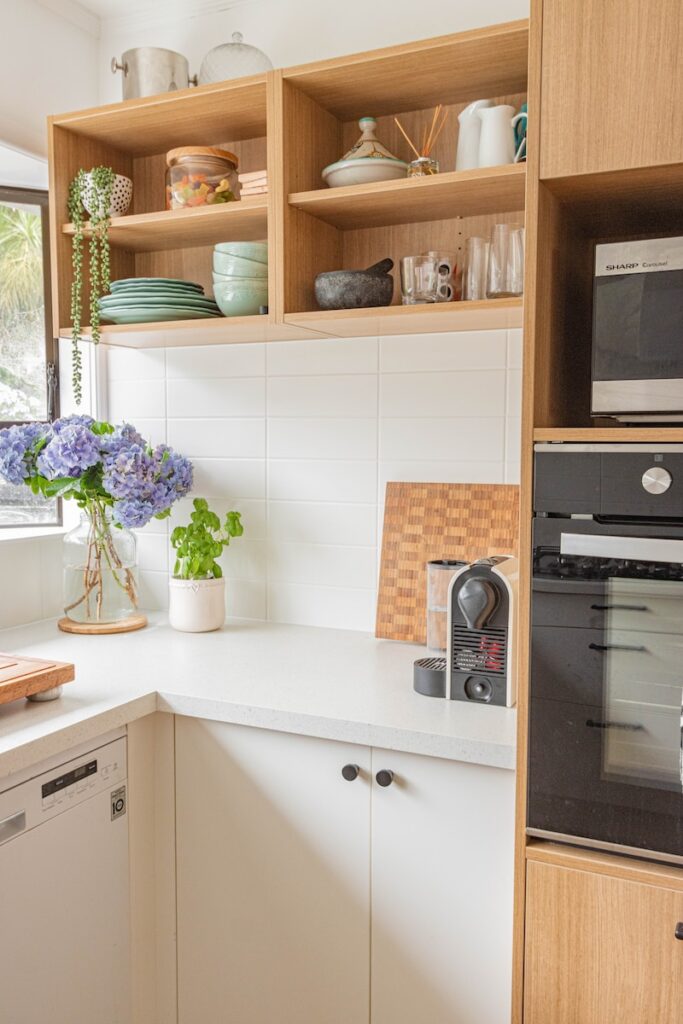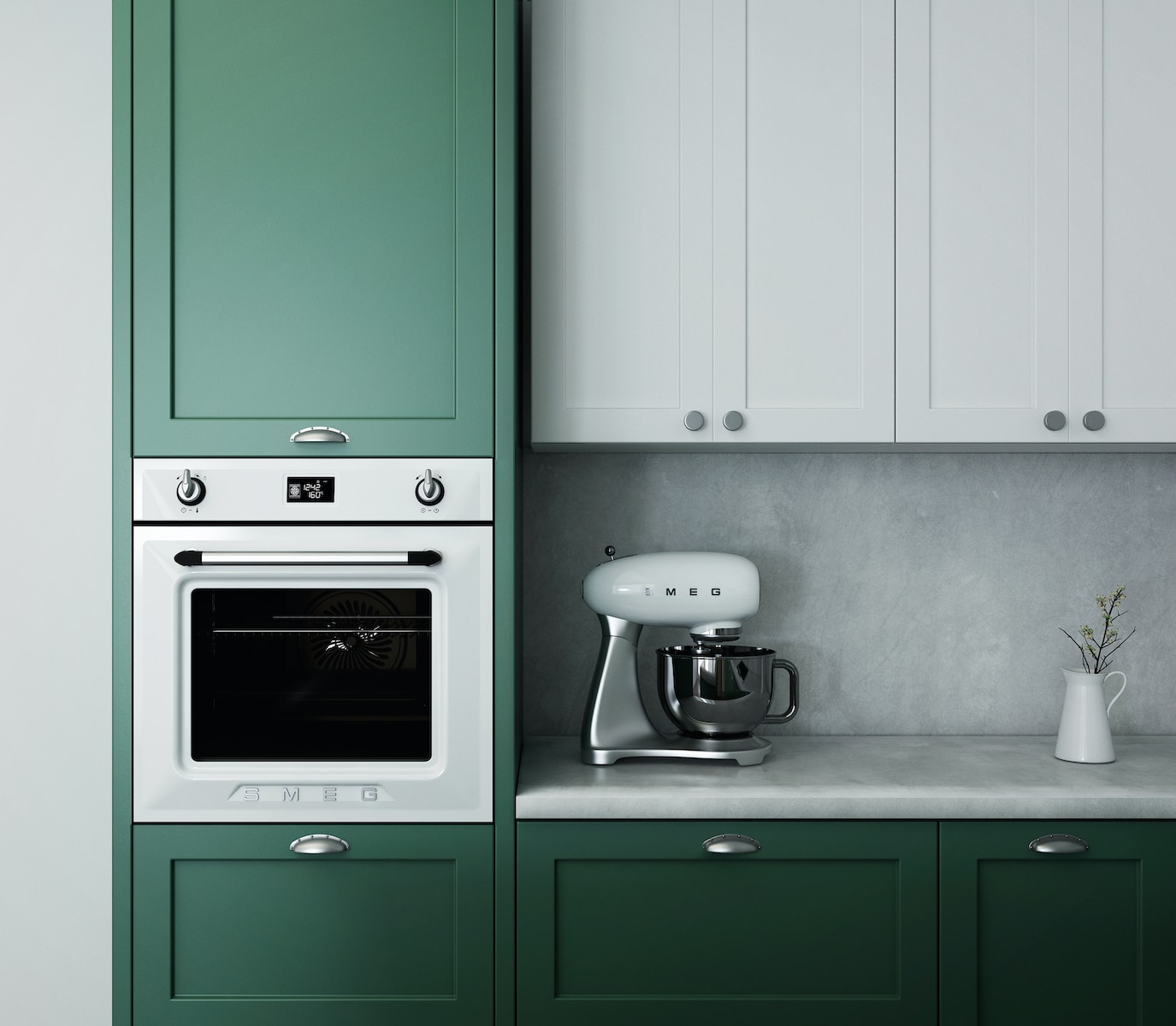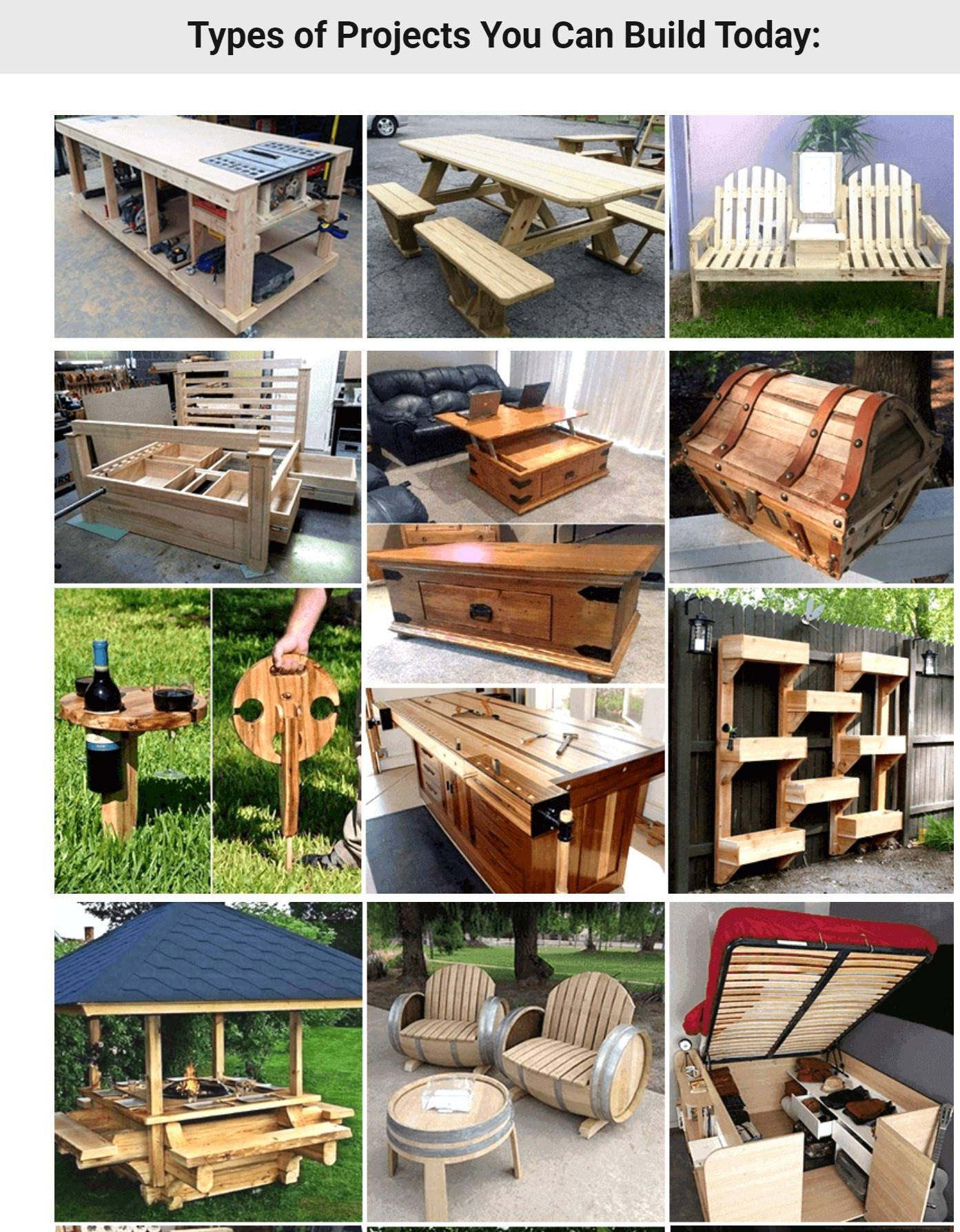Refreshing your kitchen with a cabinet makeover is a big project, but doesn’t have to mean replacing your entire existing cabinetry. Simply swapping out the cabinet doors and drawer fronts provides a budget-friendly facelift that makes kitchens feel brand new. This step-by-step guide covers the process of adding new ready-to-install replacement doors or building your own custom fronts to upgrade cabinets affordably.
Assessing Existing Cabinets
Examine current cabinet boxes, shells, and interiors for sound construction and cleanliness before proceeding. Look for signs of damage, wear, pests, or leaks that necessitate full cabinet replacement. Test doors and drawers for smooth operation and proper alignment on tracks. Address any underlying issues to ensure the base cabinets are structurally sound.
If the boxes are in good shape overall, then new drawer fronts and doors will provide years of refreshed service. Take measurements and photographs to plan details like door style and size, hinge placement, drawer configuration, and cabinet layout. Remove all doors, drawers, and hardware to prepare the boxes for the new additions.
Choosing Replacement Doors and Drawers
For a fast and easy upgrade, order replacement cabinet doors and drawer fronts from a home improvement store or online retailer. Many manufacturers offer doors in standard sizes to fit common openings and layouts. Choose a style like shaker, inset panel, louvre, or glass front to match your kitchen’s decor.
Unfinished solid wood doors allow for staining or painting to any color. Pre-finished options have a durable factory-applied coat to simply install and go. Some retailers also offer matching replacement drawers ready for easy enhancement. Measure carefully and order a few extras for errors or future needs.

Building Custom Cabinet Doors
For more uniqueness and customization, experienced DIYers can build replacement doors made exactly to your specifications. This allows personalized door profiles, wood species, dimensions, inset panels, routing, distressing, finishes, and details.
Start by selecting your wood boards taking grain patterns into account. Optimal boards are 3/4-inch thick, at least 6 inches wide, in lengths over 2 feet. Edge-glued panel stock hides seams for wider doors. Cut boards to size allowing 1/8-inch clearance all around the opening.
Mill, join, and sand panels into frames adhering to cabinetry standards. Cut rails and stiles, dowel, glue, clamp, and square frames before assembling door panels. Install center boards, floating panels, or glass as needed into the door frames. Add edges, distressing, inlays, handles or reinforcement before applying your choice of finish.
Hanging New Doors on Cabinets
With fresh doors in hand, now comes installation. Measure each door’s width at top, middle, and bottom to find any slight taper or bowing. Mark hinge locations keeping gaps consistent. Most modern cabinets use concealed European-style hinges that allow adjustments.
Make sure doors sit level and plumb in the opening without binding before drilling pilot holes for screws. Use a jig to pre-drill the cup holes for hardware placement. Follow manufacturer instructions to securely install hinges and plates onto new doors and cabinets. Test operation and make adjustments as needed for smooth, even alignment.
Installing New Drawer Fronts
Take drawer front dimensions into account when ordering or building replacements to match existing drawers. Carefully remove old drawer fronts through any fasteners or adhesive. Transfer over hardware like handles and slides, filling old screw holes as needed.
Run a bead of construction adhesive on the top, sides and bottom of drawer boxes. Center and attach new drawer fronts keeping gaps and spacing consistent. The most accurate positioning may use the drawer slides as a stopper. Allow adhesive to fully cure before reloading drawers. Add edge pulls or knobs to finish the refreshed look.
Tips for Painting or Staining
If opting for a painted or stained finish on new doors and drawers, apply your topcoats after installation to also cover hinges, edges, and hardware. Lightly sand surfaces in the direction of the wood grain before adding primer and two finish coats. For painting, an enamel paint provides a durable, washable finish.
For staining, use pre-stain conditioner for ideal absorption before staining and sealing with polyurethane for protection. The advantage of painting or staining replacements as the last step is achieving a uniform finish across old and new components.
Cost and Timing Considerations
The cost for upgrading kitchen cabinet doors ranges from a few hundred dollars for simple hinge and door replacement up to several thousand dollars for high-end custom built cabinetry makeovers. The project can be accomplished over a long weekend by skilled DIYers. Professional installation may take a week or more depending on project scope.
The kitchen is out of commission during installation, so make arrangements for eating, refrigeration and cooking. But once the transformation is complete, you save substantially compared to the cost of full cabinet replacement. Enjoy your updated kitchen and new doors and drawers for a fraction of a remodel.
Conclusion
Replacing kitchen cabinet doors and drawer fronts provides big visual impact and style at relatively low cost. Carefully assess existing cabinets, choose replacement components, and install hardware and new fronts while retaining sturdy base structures. With good preparation and care, upgraded doors and drawers can modernize a kitchen’s look for years before needing another remodel.

Kitchen Cabinet Upgrades FAQ
Q: What are the benefits of just replacing cabinet doors?
A: It’s an affordable way to refresh the kitchen’s look compared to replacing whole cabinets. New doors are quick if bases are sturdy.
Q: How do I know if my existing cabinets are suitable for new doors?
A: Inspect cabinet boxes and structure for sound construction without damage or wear. Test doors and drawers for smooth operation on tracks.
Q: Where can I purchase replacement cabinet doors?
A: Home improvement stores, online retailers, and cabinet manufacturers offer new cabinet doors in many styles in standard sizes.
Q: What measurements do I need to order the right replacement doors?
A: Carefully measure existing door width, height, and depth. Note style, hinge locations, and drawer configurations to match.
Q: Is it hard to install new doors on existing cabinets?
A: With careful prep and drilling, new European hinges allow easy door adjustments and alignment. Follow hardware instructions.
Q: What’s the best way to remove old drawer fronts?
A: Remove any fasteners or adhesive before detaching. Transfer over slides and hardware to new fronts.
Q: Should I refinish cabinets before or after new door installation?
A: Finish replacement components after install for a uniform look. Touch up edges if needed.
Q: How can I get custom cabinet doors instead of standard sizes?
A: Experienced DIYers can build custom sized doors in any style. Requires woodworking skill and tools.
Q: What are typical costs for this kitchen cabinet upgrade?
A: Anywhere from a few hundred for simple hinge and door replacement to thousands for high-end custom makeovers.
Q: How long does it take to install replacement cabinet doors?
A: 1-5 days depending on project scale. Make alternate meal arrangements during kitchen renovation.


